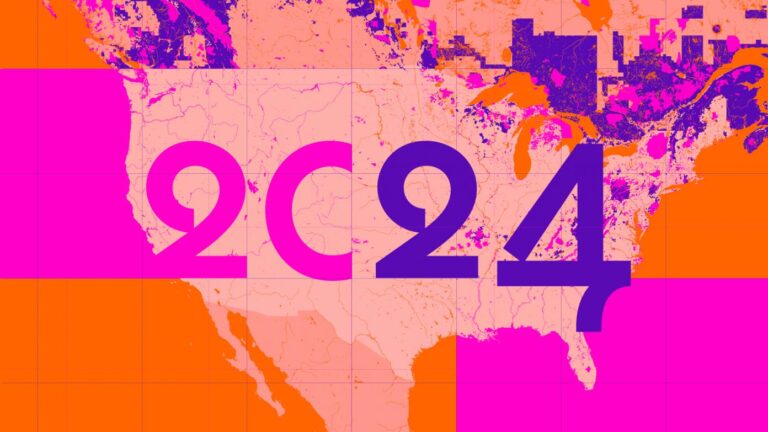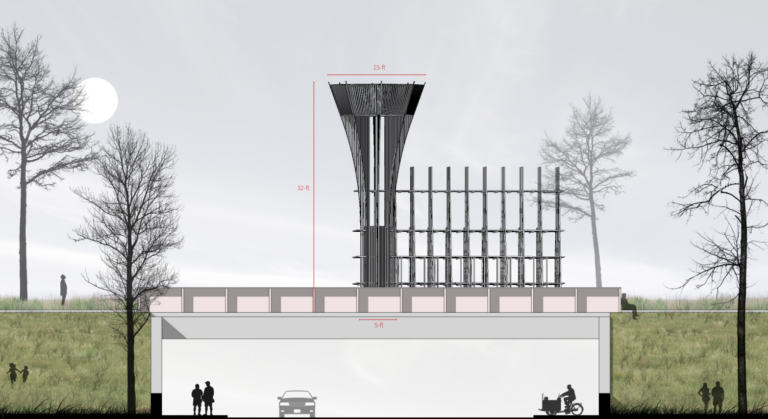
Feda Wardak
Architect
September-October 2023
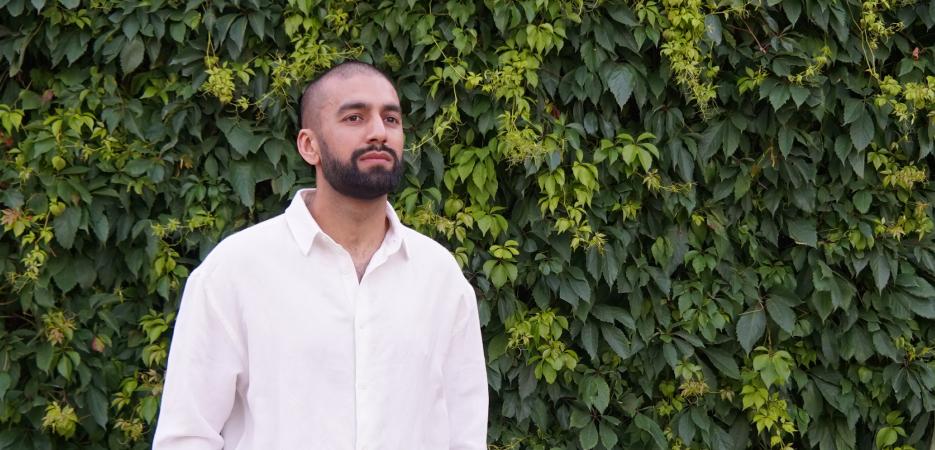
Jola Shehu
- Architecture
- Chicago
“I want to delve into the urban history of a hydraulic element—whether this be a watershed, a portion of city or river, a climate event, a community-based or political movement, a particular urban fixture, a rumor—and turn it into a narrative.”
I am a Franco-Afghan architect, builder, and independent researcher based in Paris. Part of my research looks at the forms of abandonment caused by public policy, and their consequences on their given territories. My artistic practices seek to reveal the potential impact of such political abandonment on logics of self-determination among the communities concerned, as these territories become further marginalized from the state apparatus.
For several years now, I have been conducting research into my home district of Jeghatu, Afghanistan. Within the tribal zones of this district, some fifty years of imperialist, capitalist dynamics have led to a slew of conflicts, causing considerable damage to local expertise around water management. I am currently trying to set up a network of local workers with a view to building a school for expertise, which would be designed as a space for political and cultural self-determination that teaches and safeguards practices to prevent them from being forgotten entirely.
In France, I have been investigating the inconsistencies to be found in certain areas involved in urban renovation projects. I attempt to recount the unseen violence affecting these environments and the bodies moving within them, with a particular focus on the demolition of housing projects. My artistic practices are based on what I call an “economic project,” which aims to turn them into tools for creating jobs, opening training spaces, and sharing knowledge and expertise.
Feda Wardak’s research is embodied in a variety of artistic media (including fine art, landscape installation, choreography, film, literary editing, and performance). In 2015, he co-founded the artistic platform Aman Iwan and its eponymous magazine, of which he is editor. Alongside this, he was formerly an associate artist at Ateliers Médicis (2017-2022), a role that he currently holds at Quartz Scène Nationale (since 2021) and the Festival d’Avignon (since 2022), among others. His work has been shown at the Venice Biennale of Architecture in 2018, the MAC VAL in 2019, the Dhaka Art Summit in 2020, and, next year, at the Lagos Biennial.
My field research has sparked my interest in water as a resource. Aside from examining the tangible dimension of this material, I also investigate its related management policies and distribution mechanisms. It is around this focus that I have been developing “water machines” in recent years.
These “water machines” comprise technical, sensory, and hydraulic landscape installations that borrow water from an existing network and channel it to the artwork, before sending it back. By attaching to an existing network rather than existing in isolation, my work becomes included in a common system in order to reveal its shortcomings. These water machines aim to make the paths of water legible and visible, such that civil society can better understand them and, to a certain extent, control how they are managed. In this way, the notion of the common good becomes more meaningful, as water can then assume the status of resource, medium for play, political object to be decontaminated, transformative material, nourishment to be consumed…
For my upcoming artist’s residency at Villa Albertine Chicago, I will conduct a new field investigation. I want to delve into the urban history of a hydraulic element—whether this be a watershed, a portion of city or river, a climate event, a community-based or political movement, a particular urban fixture, a rumor, or something else—and turn it into a narrative. This narrative may take the form of an artistic practice, pursuant to a goal of revealing a certain malfunction within the city and sparking a debate around it.
In 2017, I was invited to work in the suburban towns of Clichy-sous-Bois and Montfermeil, near Paris, as an associate artist-researcher with Ateliers Médicis. In the 1960s, huge swaths of the Bondy Forest in this area were cut down, and the soil was mineralized to allow for the building of housing projects. This architecture has now been partially demolished as part of a colossal construction project, the most expensive urban renewal project in France, which will entail an increasingly denser urban landscape through building a new Grand Paris metro station, connecting to the tram line, and so forth. These initiatives undoubtedly stem from the legacy of the 2005 urban social revolts.
All this has been occurring while numerous artistic practices continue to develop in the region. Out of this context, a partnership arose between the various structures and artists, both in Clichy-sous-Bois and Chicago. Despite their geographical distance, these territories share similarities with regard to certain inconsistencies in their urban development, which have direct repercussions on class-based and ethno-racial inequalities.
My interest in Chicago is built on a desire to discover a region through the artists who work there. In my encounters, I will investigate the potential relationships between different types of political abandonment, and their impact on water management and distribution systems. Rather than fixating on one specific geographical region or dimension, I will follow a more flexible approach, taking a critical look at a given object, such as a faucet or a drain. This will, in turn, be brought into perspective with the Great Lakes Basin, which is itself joined to the enormous Mississippi River Basin.
In partnership with
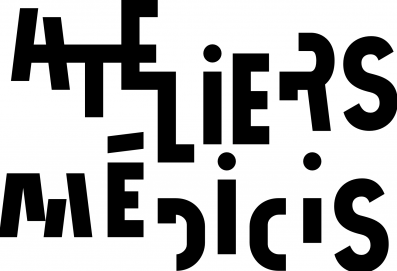
Ateliers Médicis
Located in Clichy-sous-Bois and Montfermeil, in the Seine-Saint-Denis department, the Ateliers Médicis endeavors to promote new and diverse artistic voices. Its artistic residencies, open to artists working in any artistic field, support the creation of works conceived in collaboration with French territories and fosters encounters between artists and inhabitants.
Related content

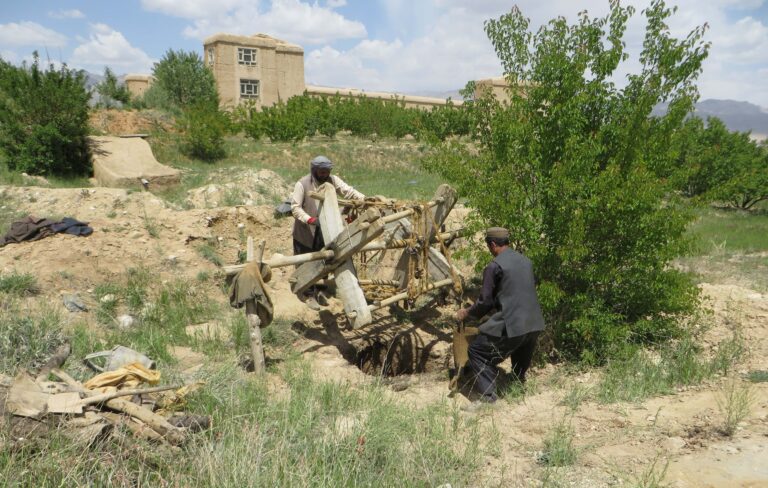
An Exploration of Contemporary Afghanistan : A Conversation with Feda Wardak and Marc Maillot | Oct 12, 2023
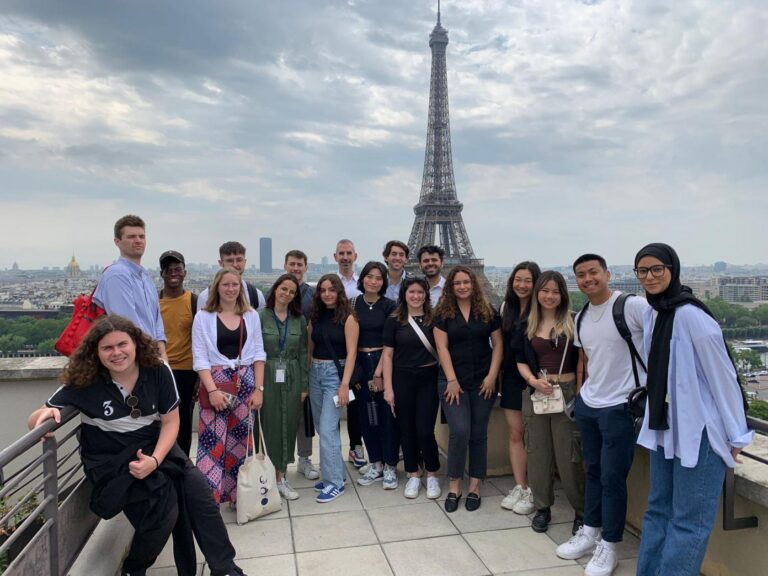
Thirteen US university students selected for Villa Albertine’s new urban design internship exchange in Paris
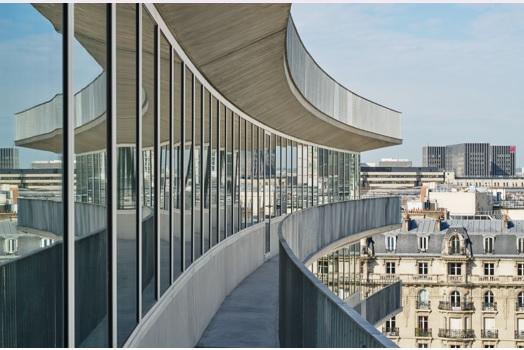
City/Cité Cultural and Professional Exchange Program
